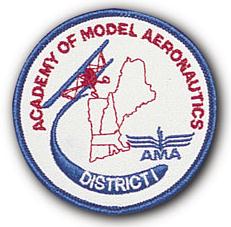5. What are considered the best methods to learn how to fly RC model aircraft recreationally? The best approach to learning recreational RC model aircraft flying involves a combination of hands-on instruction from experienced pilots at an AMA club, practice on a flight simulator, starting with a stable trainer aircraft, prioritizing safety, and being patient with the learning process. |
1. Join an AMA-Chartered Club with Instructors:
2. Utilize RC Flight Simulators:
3. Start with a Suitable Trainer Aircraft:
4. Follow Safety Guidelines:
5. Be Patient and Persistent:
|


